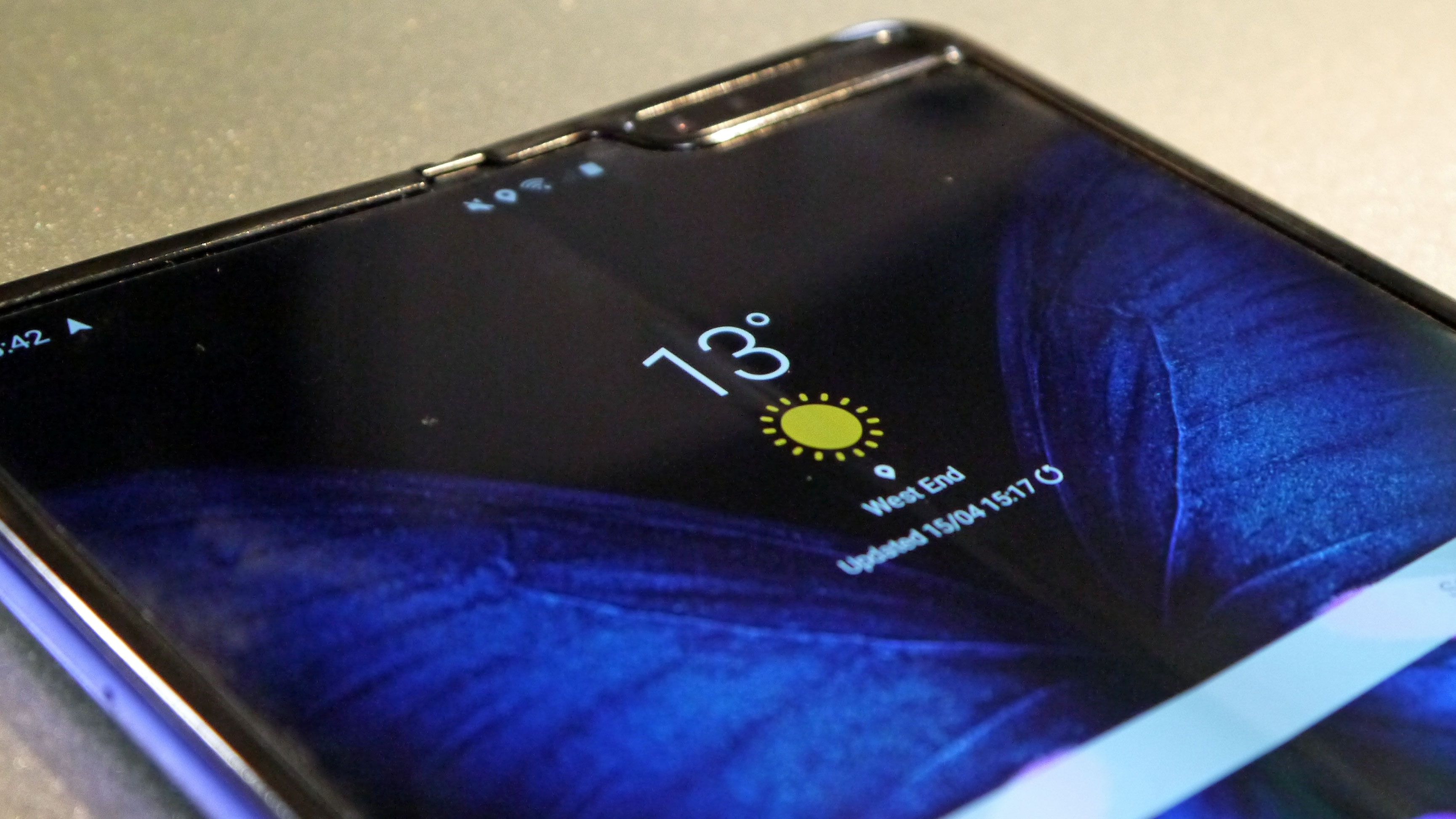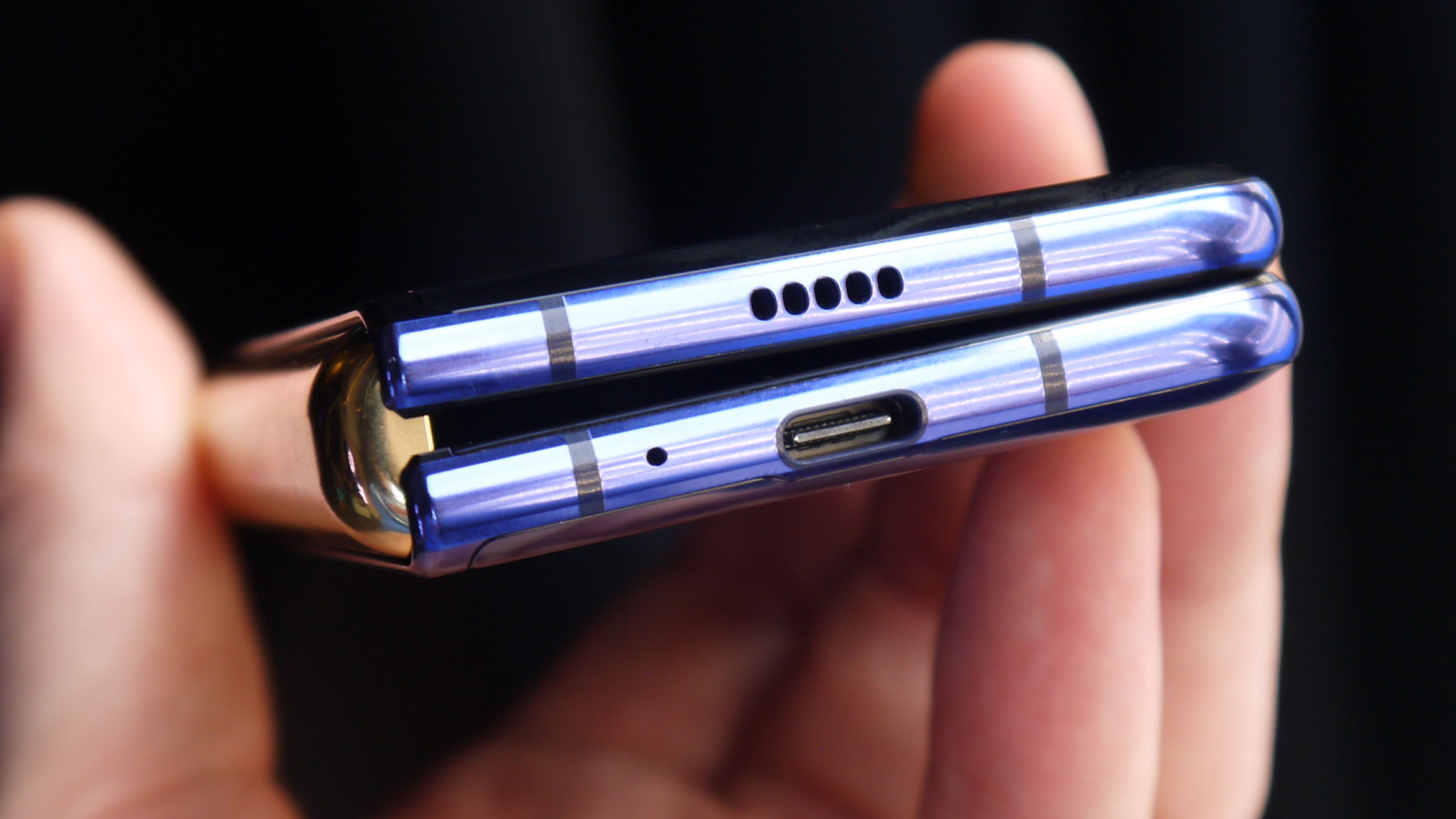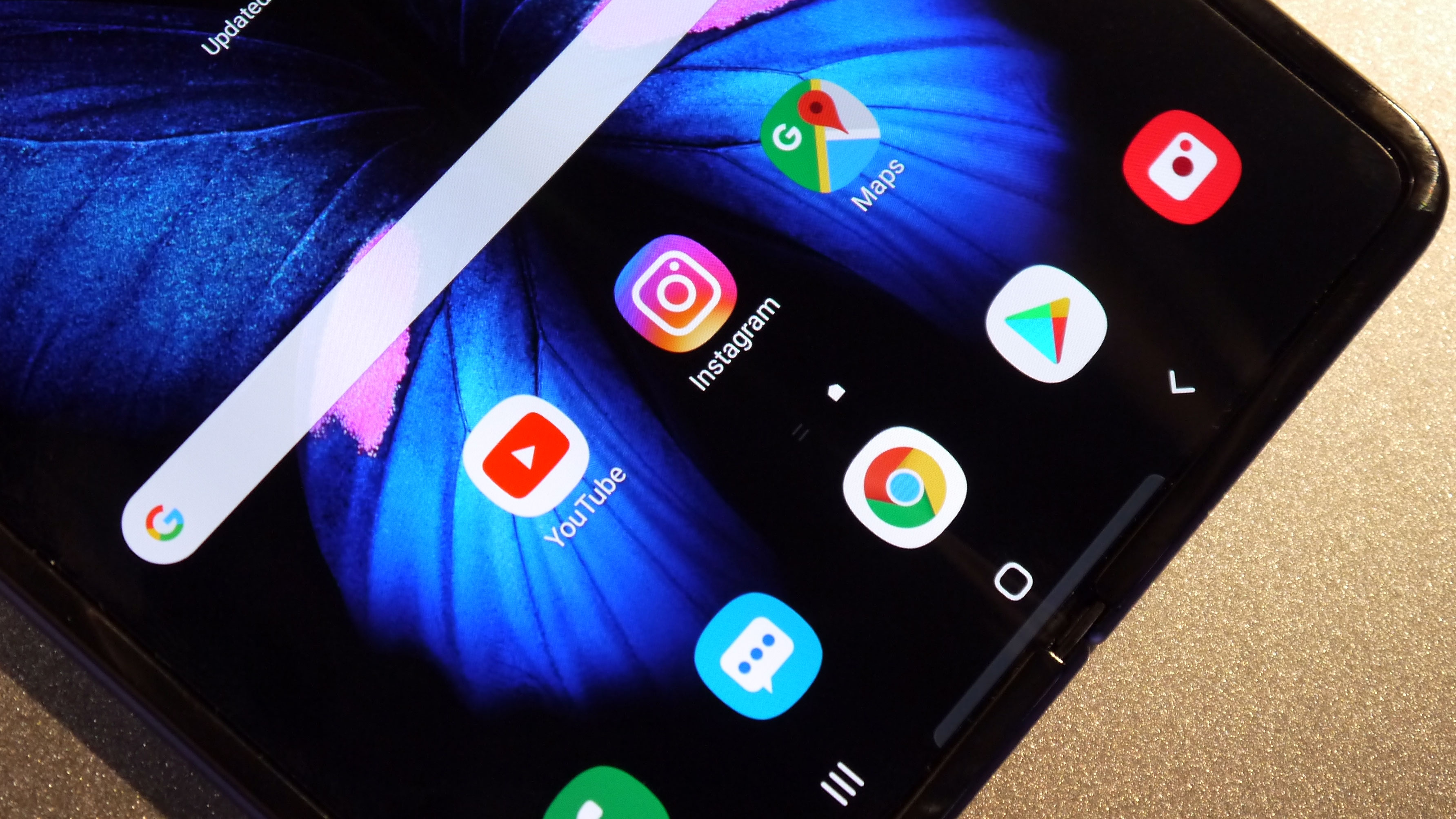The Samsung Galaxy Fold is a vital learning moment for foldable phones
Could the trend be about to fold in on itself?

The Samsung Galaxy Fold is breaking within days of many reviewers getting their hands on it, causing Samsung to push back the foldable phone’s launch date to an uncertain future point.
It’s not looking good for the Galaxy Fold, which leaves an uncertain future for upcoming foldable phone manufacturers, who were depending on Samsung to kickstart the foldable smartphones market.
- This is what we want to see in the Samsung Galaxy Note 10
- Check out our thoughts on the Samsung Galaxy S10 Plus
- These are the best camera phones available now
Samsung will bounce back, and we’ll likely see the Galaxy Fold on store shelves before too long – hopefully a more durable one than we’ve seen previously – but will anyone actually want to buy one, and what does this mean for the future of foldable phones?
What does this mean for the foldable market?
Samsung’s no stranger to its devices failing in dramatic ways, after many Samsung Galaxy Note 7 phones caught fire and exploded – but the widely reported issue with the Galaxy Fold is different. The Note 7 was one in a long line of popular phones, and no-one suggested that all smartphones were terrible after the flames had died down, however the Samsung Galaxy Fold is likely the first foldable smartphone most people have heard about.
Now most consumers’ first experience with a foldable phone will be hearing of it breaking, its mechanical parts getting dislodged, its screen blacking out or getting peeled away when the screen protector is mistakenly taken off – faith in what was meant to be the new breakthrough in smartphones is crumbling.

So who’s going to commit a huge amount of money to a futuristic device if it could die within a week? That’s a problem that won’t just hit Samsung’s phones – major players like Huawei with the Huawei Mate X and Motorola with its rumored rebooted Motorola Razr are planning to join the foldable smartphone market, but if the Galaxy Fold’s issues unnerve consumers too much, there might not be a foldable market to join.
Perhaps Samsung can turn the Galaxy Fold’s failings around before they create too much distrust in foldables, but it remains to be seen how keen consumers will be for a foldable phone after this.
Get daily insight, inspiration and deals in your inbox
Sign up for breaking news, reviews, opinion, top tech deals, and more.
What can future foldables learn?
There are plenty of rumored and confirmed foldable phones in the works – many companies are announcing bending handsets just so they don’t get left behind, with few working prototypes or samples to show for it.
Samsung is one of the biggest names in the smartphone market, and the fact it has had teething issues with its first foldable should give smaller manufacturers, with far smaller development budgets, cause for concern, and even bigger cause to double and triple check devices before allowing them out the factory.
Samsung went as far as to post a Galaxy Fold folding test video, claiming to show how durable the flexible screen was, but it’s something which has now come back to bite it.

In short, companies would be wise to spend more time testing their foldable phones in the real-word, outside of sterile lab conditions. Put them in the hands of the average consumer, people who haven’t been involved in the phone’s development and thus will approach devices in a different way – this includes attempting to peel off or remove parts which should be left alone.
In the same way the Samsung Galaxy Fold launch date was pushed back by at least a month, we could see other foldable phones launch later than expected, as companies further stress test their products and re-build consumer confidence around the form factor.
We don’t have concrete release dates for any other foldable phones just yet, so Samsung’s postponement might not mean much, but it does buy the likes of Huawei more time to thoroughly test their devices rather than feeling pressure to release a competitor. We’ve contacted Huawei to find out if the Mate X, the next foldable we were expecting, keeps its ‘second half of 2019’ release date. We’ll update this article once we hear back.
There’s a lot future foldables can learn from the case of the Galaxy Fold, however – for example, some of the broken Folds had malfunctioning hinges. Clearly, a lot of work needs to be put into the hinge technology of all future moving handsets, so perhaps particular hinge mechanics and designs could be a big selling point in future bending devices to reassure consumers of the safety of their phones.


Tom Bedford joined TechRadar in early 2019 as a staff writer, and left the team as deputy phones editor in late 2022 to work for entertainment site (and TR sister-site) What To Watch. He continues to contribute on a freelance basis for several sections including phones, audio and fitness.